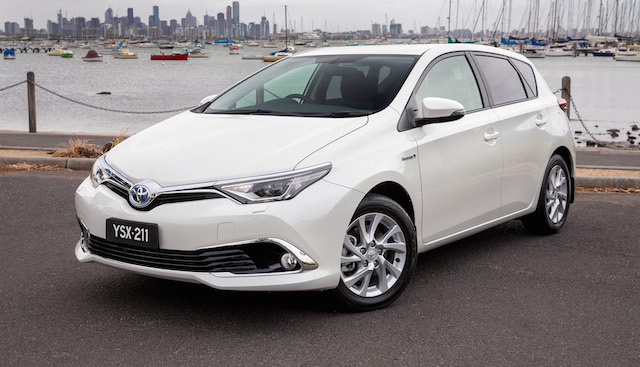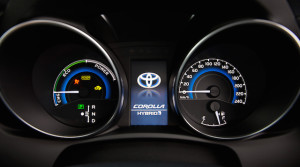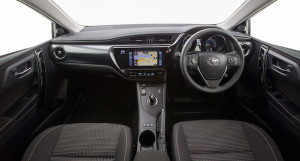
“Petrol-electric hybrids are the key to fuel efficiency and planet-saving low emissions for the next 25 years … the relative inefficiency of a standard fossil fuel-engined car means that only 14 per cent of the oil’s original energy is applied at the wheels. Twelve per cent of its energy value is lost in getting from the oil well through the refining and distribution system to your car’s tank. Then another 72 per cent is lost through heat loss and mechanical friction in converting the petrol in the tank to power at the wheels. For a hybrid vehicle, the well-to-wheel efficiency is more than doubled to 32 per cent …”

The words of former Toyota NZ managing director Bob Field back in December 2005 when Yaris replaced the name Echo on the company’s small car.
The name Yaris, he said, “helps to register a renewed importance of small cars as responsible personal transport in a world where fuel efficiency and low emissions have moved from urgent to critical.”
Yaris is a rearrangement of Charis, a Greek goddess of beauty and elegance. Toyota took way the ‘Ch’ and replaced it with ‘Ya’ – its take on the German expression for ‘yes’. Only the German word is spelled ‘Ja.’ No matter, Toyota reckoned people the world over would fall in love with its Yaris.
Back then, too, Toyota was asking car buyers to more carefully consider fuel-efficiency when looking for a new vehicle. Hybrids were a short-term solution, Field said, before a time when fuel-cell technology drove sustainable mobility.

Both hydrogen cells and battery-electric technology have since leapfrogged development stages, but both power sources face years before they become anywhere close to mainstream.
Meantime, Toyota’s hybrid Prius range and bigger Camry have moved on a generation or so and the carmaker’s luxury arm Lexus has added more hybrids.
Now Toyota is to add another to its fleet – a petrol-electric variant of the Corolla, New Zealand’s best-selling passenger car.
It’s been available in the UK and Europe for some time, wearing the Auris badge. There it sells both as a hatchback and wagon. The hatchback, say the statistics, accounts for 50 per cent of all Auris range sales.

The rebadged Corolla hybrid will be a one-grade-only hatchback, expected here around the middle of this year. That much Toyota NZ has confirmed. True to form, it won’t say much more until the car is actually on the ground.
But you can bet the farm on the Corolla hybrid being pretty much the same car (at top) that Toyota Australia will launch in a few months.
It runs a Euro5-compliant 1.8-litre petrol engine mated to a 60kW electric motor that sends drive to the front wheels via a continuously variable transmission (CVT).
Combined output is around 100kW, roughly the same as the current petrol-only Corolla. But whereas the petrol car consumes between 5 and 6 litres/100km, the hybrid is expected to return around 3.5 litres/100km. That’s around 80mpg.
